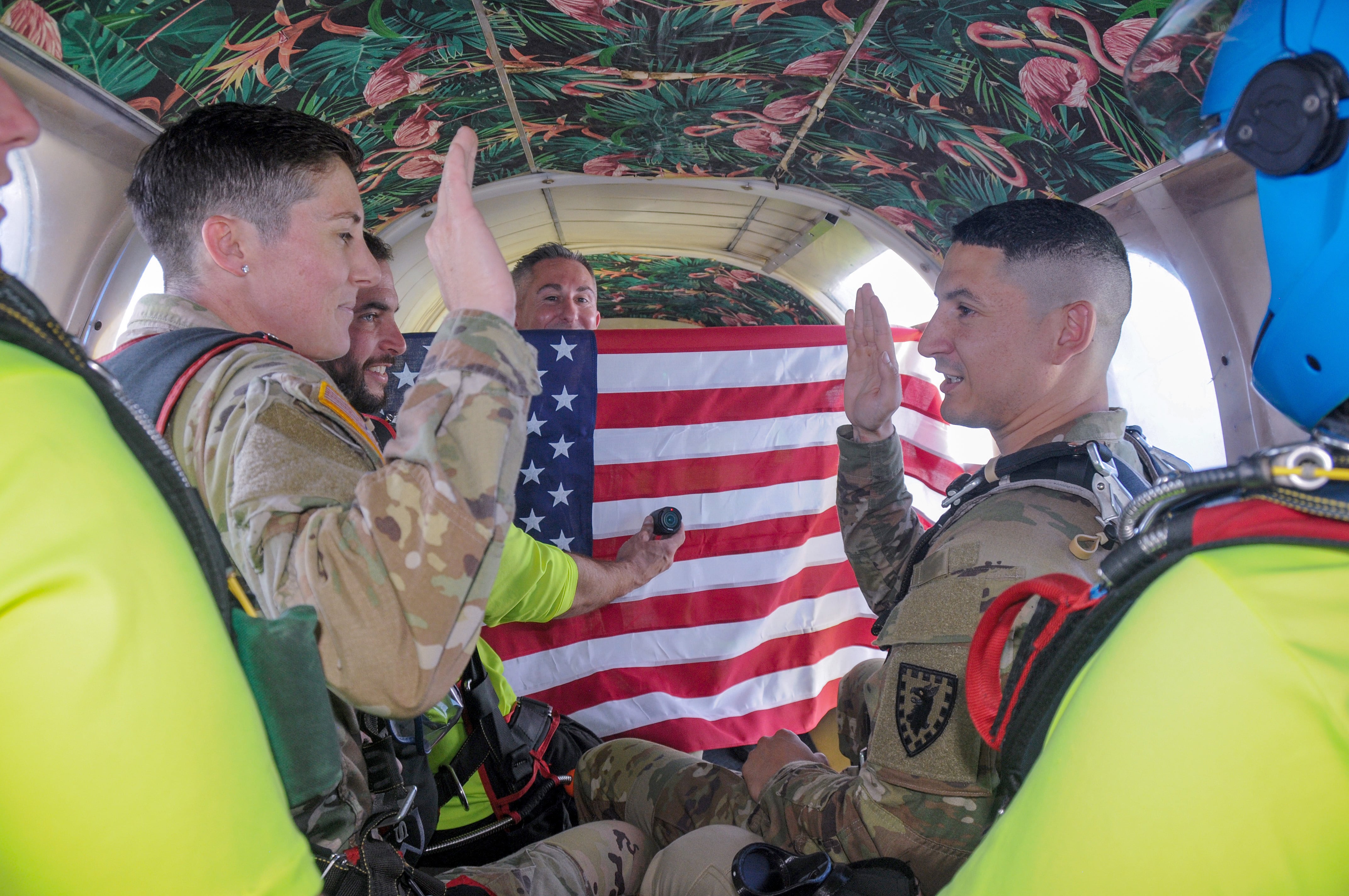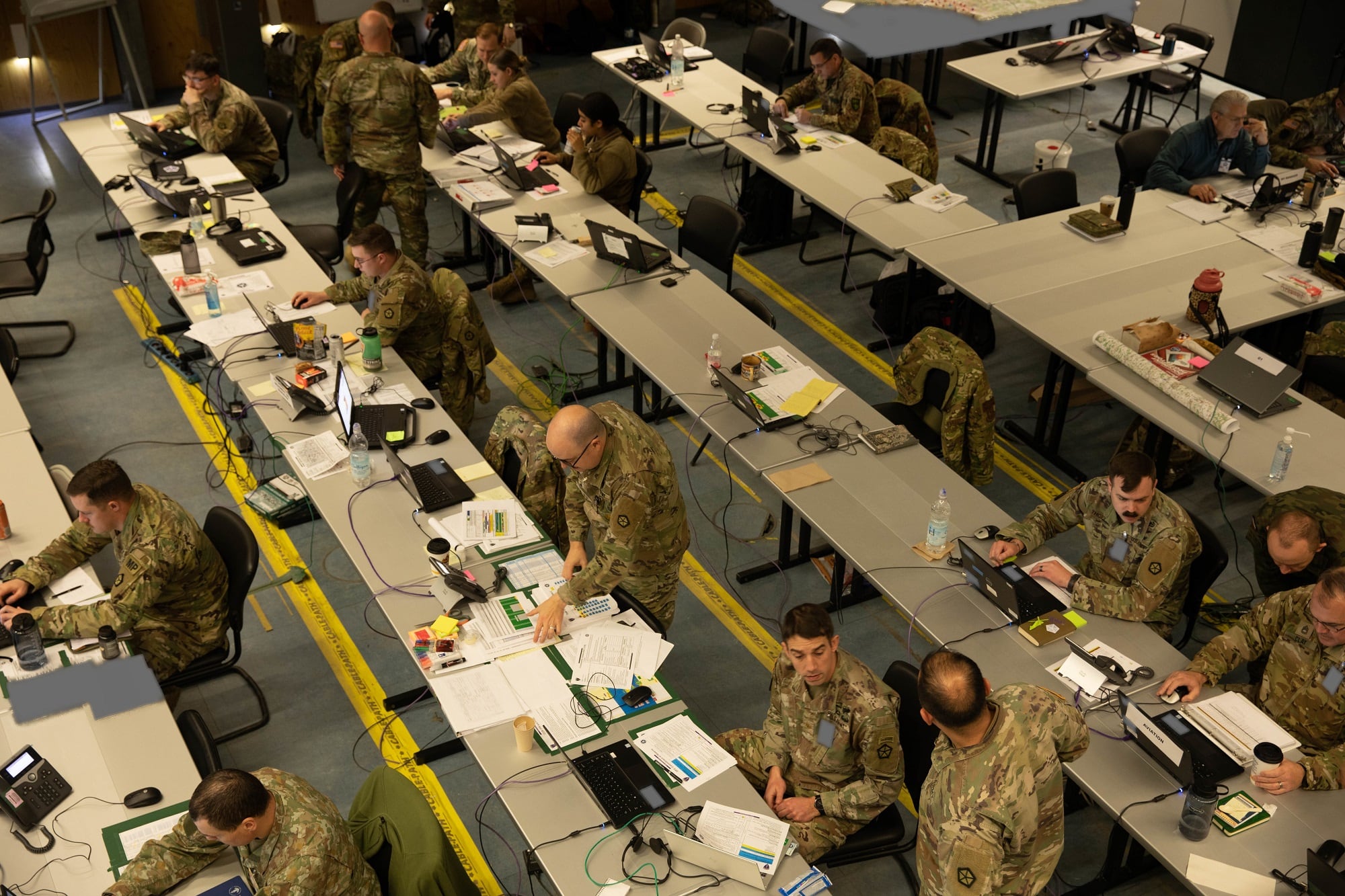Army leaders may already have the answers for how to solve a host of retention, morale and readiness problems across the service. They just have to find it among millions of points of data they’ve been collecting over the years.
Data analytics efforts once focused mainly on logistics and financial issues have slowly shifted in recent years to cover a host of personnel topics, according to service officials and outside programming specialists.
In the same way that commanders have used large data sets to track supplies and equipment across multiple bases, local leaders are now working to identify troops with specific skill sets, anticipating training shortfalls and other deficiencies in an ever-changing force. That in turn can hopefully help stave off morale issues, troop burnout, and mental health failures — challenges that have been frustratingly difficult for the service to solve.
RELATED

For example, over the last few months, officials at Army Human Resources Command have been developing new data processing tools using the established Vantage platform to look at why service members opt to stay in the ranks and what new incentives might make the choice more appealing. Contrary to past assumptions, the answer isn’t always more money.
“Right now, we pay out a lot of bonuses to individuals who are likely to stay in the Army anyway,” said Col. Kristin Saling, director of the command’s innovation cell.
“What we’re finding is that giving soldiers more control over their assignments, more options on change of station may be more effective. Right now we’re looking at the impact of offering 90-day sabbaticals for career development to some soldiers, to see if they’ll take that break and then stay in.”
In the past, the rationale for those kinds of pilot programs was based largely on anecdotal evidence. But as the Army (and the Defense Department as a whole) collects more and more data on the fighting force, those discussions are now shifting to “statistically significant” solutions, according to Saling.
The Vantage platform, run by Palantir Technologies and first launched in 2018, has been used for a wide-range of data projects within the service, incorporating more than 30,000 unique data sets across the service.
Mitchell Skiles, senior vice president for Army Programs at Palantir, said usage of the Vantage tools has slowly evolved from leadership-only, large-scale investigations to now include a sizable number of local-level queries looking at smaller groups and immediate needs.
An example data search could locate a soldier with specific language skills and previous overseas experience who is trained and cleared for a deployment in the next five months, he said. That work would have previously meant days of phone calls between different units and bases. Now, it’s a few minutes of typing on a laptop.
The tools allow commanders “in real time to better provide proper care, counseling, and support as soldiers progress through their careers,” he said.
And the platform could find even wider use in years to come. Earlier this year, Army leaders announced plans to expand their investment in potential “wearables solutions” for tracking soldier health, including things like fitness trackers, radiation and toxic chemical trackers and personal health monitoring devices.
Skiles said the challenge ahead is not just synthesizing that kind of data into usable, understandable formats, but also making sure it is handled securely.
“You need to be able to empower an individual commander to look at the data to see problems or challenges that may be developing, but you also have to be careful about who has access to that kind of personal information,” he said.
Saling said those kinds of ethical challenges have been present for as long as the Army has been tracking troops. The difference now is speed.
“The basic tools for how to analyze big data sets have been around for decades,” she said. “But what we have today are tools and computer power to handle it all quickly.”
Leo covers Congress, Veterans Affairs and the White House for Military Times. He has covered Washington, D.C. since 2004, focusing on military personnel and veterans policies. His work has earned numerous honors, including a 2009 Polk award, a 2010 National Headliner Award, the IAVA Leadership in Journalism award and the VFW News Media award.




